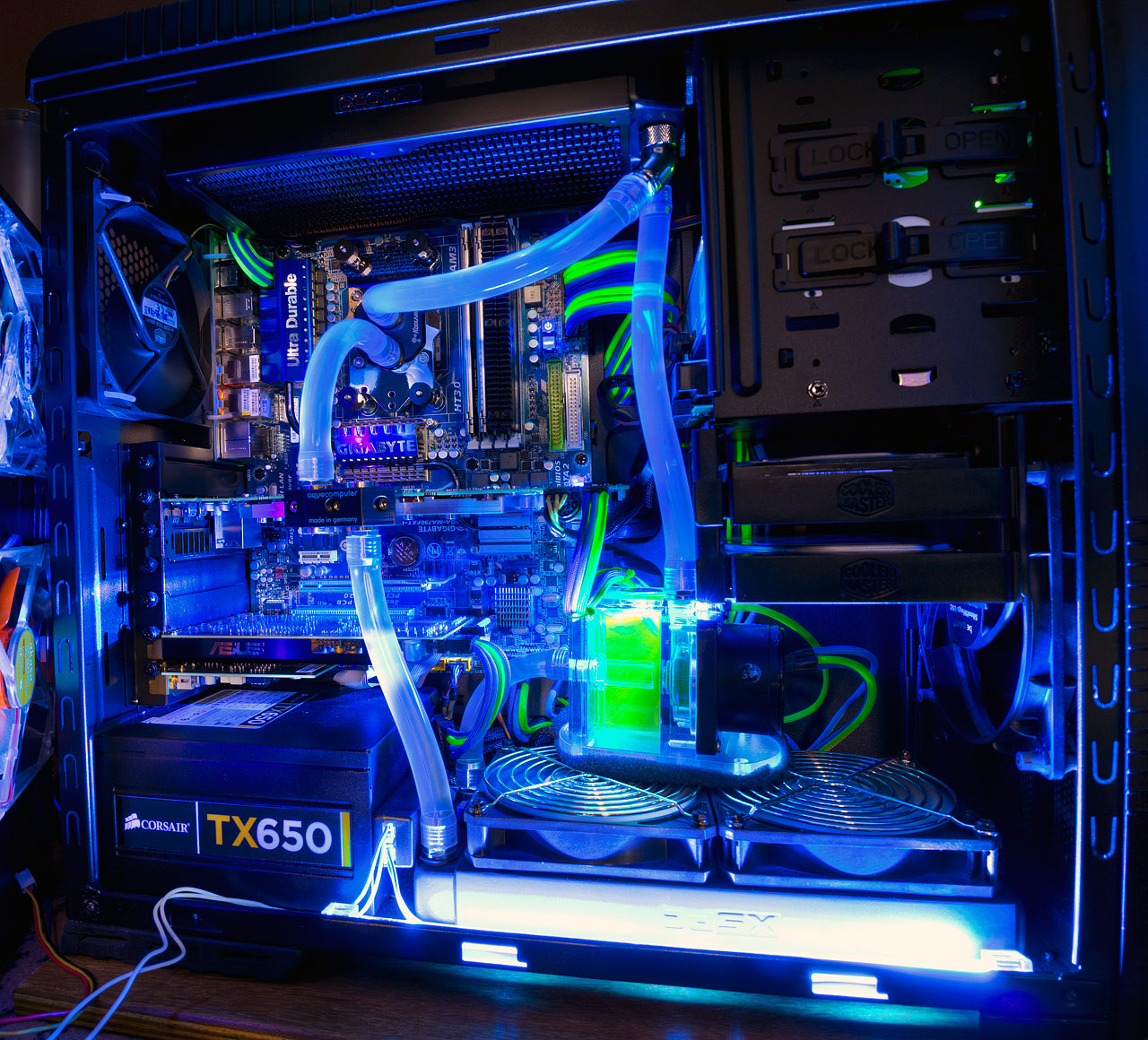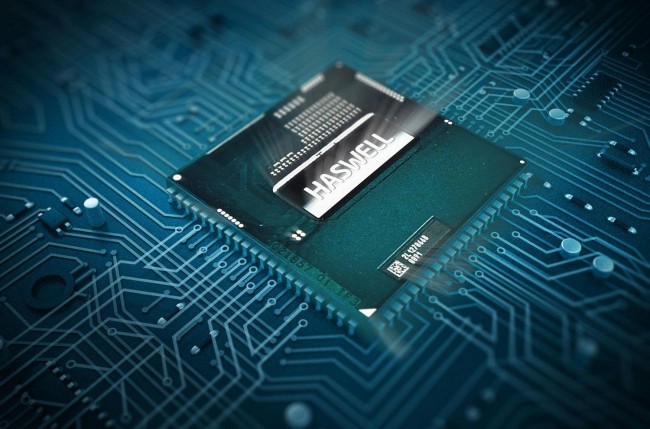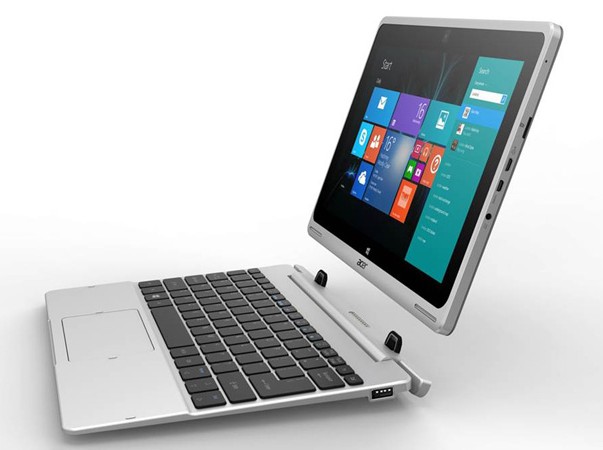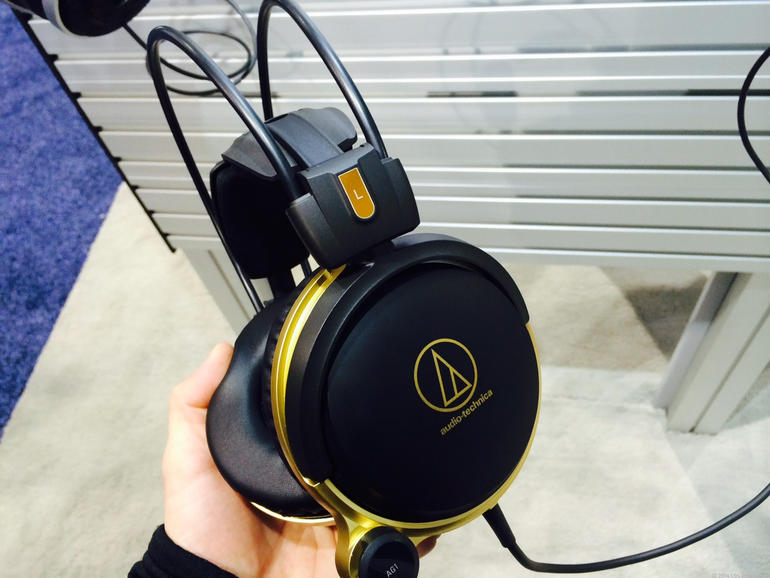LOW-RENT RIDES Budget doesn't have to mean junk

Cheap cases. They're not as scary as the phrase implies, even though we acknowledge that the lower end of the case spectrum can deliver some real clunkers. Thankfully, none of the cases in our roundup this month fit that profile. In fact, we're seeing a number of features previously reserved for pricier cases start to grace more inexpensive models. Think about it: Cases, under $100, designed specifically for liquid cooling? We've always felt that someone willing to plunk down hundreds of bucks for top-quality liquid-cooling parts-and suffer the hours of setup (and soggy components) that can come from one's adventures in liquid-cooling land-would want to pick up a more expensive case to accommodate their build. Not anymore! One of the cases in our roundup practically screams "stash a radiator in me." Of course, not all is perfect in the world of computer chassis. It's tough to find that diamond in the rough-a case that comes with all the features we think you should have, and only a few (or no) annoyances. None of the cases in our roundup fit that profile, but a few come quite close. Give them a read; perhaps you'll find that you can deal with their imperfections for their oh-so-low prices.
1. Zalman Z12 Plus More SSDs! More fan control!
SIMPLE. EASY. EFFECTIVE. We're big fans of most of what Zalman does with its Z12 Plus chassis. Its price feels a bit high for what it offers but, on the plus side, there's nothing about the chassis that's a deal-breaker. The plastic-and-steel mid-tower case comes in at just around 15.5 pounds in weight, making it a pleasant but not overbearing foot-and-a-half-tall chassis for stuffing under (or on) your desk. We had no issues removing its windowed side panel (thumbscrews) and throwing in a motherboard, save for the curious omission of three of the bottom standoffs (which you have to install yourself). Our test video card, an (aging) Nvidia Geforce GTX 480, fit without issue in the Z12 Plus. While it did cover a bit of one of the Z12 Plus's four cable management holes, Zalman's design offers a little breathing room between the 10.5-inch card's edge and the start of the 5.25-inch bays. Installing hard drives into the case's five standard 3.5-inch bays (and one 2.5/3.5/5.25-inch conversion bay) isn't a screwless process, but it's still simple: Four screws and four rubber anti-vibration rubber grommets go directly into your hard drive's mounting holes. Slide the drive into one of the bays, and a preinstalled locking mechanism catches the screws and holds your drive in place. Any 5.25-inch devices you want to stash into the case's four standard bays require the normal screw treatment; you also have to pop off the case's front panel, which features a small amount of sound-dampening foam over all its mesh sections. Curiously, the thin bay covers that one normally just twists off of a case are actually screwed into the Z12 Plus. We're not quite sure why that's necessary, and it does add an extra step to an otherwise easy installation. The case comes with three fans preinstalled: a 12cm front blue LED fan, a similarly sized (and colored) top LED fan, and a 12cm rear fan (no lights). Presumably, Zalman wants you to hook the two LED fans into the provided connectors for the case's high/low fan controller. If you're big on looks, know that adjusting the voltage of the fans is also going to adjust the brightness of the LEDs. Rounding out the Z12 Plus's attributes are four USB ports (two USB 3.0 on top; two 2.0 on the lower-right of the case's front), a hidden installation point on the rear of the motherboard tray for one 2.5-inch drive, and two rubberized holes for water-cooling tubes on the case's rear. The Z12 Plus is a no-nonsense kind of a case. While we wish we had more room for 2.5-inch drives, and want to hook up more fans to its built-in controller than it allows by default, these issues don't significantly detract from the case's quality. Unless, of course, you're looking to stash a ton of SSDs in your new system.
VERDICT - Zalman Z12 Plus Good amount of space; great cable management; ample 3.5- inch slots. Limited SSD support; would prefer drive rails over screws; a few too many 5.25-inch bays for our liking.
2. Cooler Master N600 Great for liquids, not for air (or SSDs)
WE APPRECIATE THE SHEER versatility of Cooler Master's N600 chassis. It's not a case we'd give to beginners, but those of you who don't mind rolling up your shirt sleeves when installing your mid-level system will mostly enjoy your time spent. Our major dissatisfactions with the case were cosmetic, though you'll want to focus on fixing them up given the giant, acrylic window on the case's side panel. The case's cooling is adequate, but not overly impressive: a single, non-LED 12cm fan on the rear, and a single, white LED 12cm fan preinstalled on the case's front. A built-in fan controller allows you to run the two fans at a low or a high setting; doing so affects the brightness of the front LED fan. (You can also switch the LED fan's light on and off via a hard-to-push switch on the case's front). The front LED fan doesn't provide nearly as much light as we'd hoped for. A rear LED fan to boost the lighting would have been much preferred. Our front LED fan was also a bit loud on its high setting, more than we'd want to hear under our desk. The case's three 5.25-inch drive bays are entirely screwless-we like. The case also comes with three 3.5-inch drive bays built into the chassis, but supports an additional four more, depending on how you set up an additional 3.5/2.5-inch "combo cage." You can't have both, however; set the cage up for SSDs, and you're limiting yourself to just three 3.5-inch hard drives. Go for seven 3.5- inch drives, and the only other place you can install an SSD is via a two-screw fixture on the rear of the motherboard tray. The combo cage, which faces front-toback, can be completely removed if you value cooling over storage. Do that, and you can attach a 24cm radiator to the case's right side (there's also space for a 24cm radiator on the case's inside-top, and room for a smaller 12cm radiator on the rear). However, we do wish that Cooler Master carved out more room for SSDs; you can't convert the existing 3.5-inch bays into 2.5-inch bays, and we'd hate to be stuck with one SSD slot if we liquid-cooled. We also wish Cooler Master had carved an additional rubberized hole in the motherboard tray for cable stringing, as our GTX 480 video card blocks the top half of the tray's middle hole (of three total). On the plus side, the cables to the front-panel connectors (including its two USB 2.0 and two USB 3.0 ports) are nice and long, which helps cable management a bit. We wouldn't try to stuff our top-shelf system into this case, but the N600 makes for a good middle-of-the-road chassis; we love the support for liquid cooling, just not the built-in air.
VERDICT - Plenty of space for 3.5- and 2.5-inch hard drives; very liquid cooling-friendly; lots of USB ports. Poor case lighting; a bit loud when fans cranked up to "high;" could use another "hidden" SSD mount or two.
3. Rosewill Blackhawk Let's play whack-a-Molex
WE ENJOY MOST OF WHAT Rosewill has done with its $100 Blackhawk case. Many of the design features are what you'd likely see in more expensive chassis, but there are a few areas where Rosewill appears to cut corners-or just misunderstand solid case design. At the price you're paying, you could do better. The case's tinted, arrow-shaped side panel window looks lovely; it's a refreshing change of pace from the simple clear acrylic we often see. On the inside, we love that Rosewill includes a Velcro strap to secure your power supply to the case (and reduce noise and vibration). Standoffs come preinstalled for an ATX motherboard, and the tray itself has five rubber holes for cable management. When you put a motherboard in, however, it mostly covers the tiny hole Rosewill sticks in the tray's upper-left corner- presumably designed to stuff a 4- or 8-pin ATX12V connector through. You'll either have to really wedge that cable around your motherboard or you'll have to shoot it across your motherboard from one of the right-most rubber holes, which is hardly a good-looking solution. The case's three drive bays (two drive trays each, which support 3.5- and 2.5-inch drives) can be removed in various configurations, should you be sporting an extralong video card or want to try and slap a 24cm radiator in the front of the chassis (occupied by two 12cm blue LED fans). A 14cm blue LED fan sits on the case's top, joined by a 12cm fan on the case's rear and side (both non-LED). If that sounds like a lot of cooling, it is; the case is at about a medium level of noise when they're all fired up, though the blue glow looks great through the case's side window. Unfortunately, only one of the fans uses a three-pin connector. The rest all use Molex connectors for power, which means that you have no way of actually controlling their speed without an adapter of your own. In a system that runs five fans out of the box, a fan controller (or some way to control volume/ speed) would be much preferred. Installing a 5.25-inch device is seemingly easy, though we had trouble getting our optical drive into the top of the case's four free bays. The wiring for the Blackhawk's (awesome) front-panel connectors-four USB 2.0 ports, two USB 3.0 ports, and a hotswap SATA connection-got in the way of our optical drive, and it took a lot of wedging to get the wires into the case's top and our optical drive into place. Locking it in was easy. Rosewill's Blackhawk offers plenty of space for building, and installing a system into the case isn't that problematic. Added together, however, this case's minor flaws start to make its price look all the larger.
VERDICT - Lovely tinted window; plenty of air cooling; SATA hotswap; great aesthetic. Decent amount of noise; no fan controller; most fans use Molex; top 5.25-inch bay difficult to work with.
4. Enermax iVektor Stylish and low cost, to boot
ENERMAX'S IVEKTOR MIGHT get the company sued by Apple. In the meantime, you owe it to yourself to give this svelte, smooth midtower chassis a try. Minus a little airflow, which we're happy to upgrade, this inexpensive chassis offers much. After popping off the tinted, windowed side panel (thumbscrews), we first noticed just how roomy the seemingly small iVektor actually is. Motherboard standoffs come preinstalled, and the case's right-most combination drive bracket is preconfigured to support four 2.5-inch drives. Unscrew its left-most support and move it to the 3.5- inch configuration, and Enermax says you can stuff three 3.5-inch drives in the space. We installed four, and the entire configuration still gave us a smidge of room between the bracket and a 10.5-inch long video card. Three fixed drive bays below the aforementioned bracket support 3.5-inch drives only, and there's no other place to stash an SSD unless you configure said bracket into 2.5-inch bays. Spring-loaded covers on the front panel can be removed without popping the panel off, which makes installing devices into the case's three 5.25-inch bays a breeze. A very tiny cable-management hole in the motherboard tray's upper-left corner doesn't leave much to work with for your system's 4- or 8-pin ATX12V connector. Two holes to the right of the motherboard are much larger, as is the giant hole to the right of where one stashes the power supply. The space between the rear of the tray and the motherboard's side panel is ample, more so than most cases we've looked at-happy cable stuffing! The case's add-in card brackets use real screws, not thumbscrews, so get ready to bust out the tools to install your add-on cards. It's a mild letdown, but Enermax's insistence on providing rails for both one's 3.5- and 2.5-inch drives makes up for it. A bigger annoyance is the system's cooling: a single 12cm blue LED fan in the front and a 12cm fan in the rear. They're both wired to a "high, nothing, or low" fan controller whose switch sits on the top of the case near its two USB 2.0 and two USB 3.0 ports. Thanks to foam padding that covers the case's mesh parts, the iVektor is very, very quiet when the fans are on "low." You'll give up airflow on low, though. Kick the fans up to high, and you're increasing the volume to a slightly more noticeable amount. It makes us wish Enermax opted for 14cm fan mounts instead-the price one pays for a smaller-sized chassis. Enermax's iVektor might not be perfect, but it's smooth-literally. A lovely external aesthetic, spacious interior, and ample drive support almost makes us forget a few of its tiny flaws.
VERDICT - Lots of space on the inside; ample USB connectivity; good cable management; plenty of drive bays. Cooling so-so; lacks motherboard-tray mounts for SSDs; normal screws (not thumbscrews) for PCI slot covers.
5. Enermax Coenus ECA3190A More than meets the eye? No, not really
Or perhaps the iVektor was an upgrade from the Coenus. Regardless, the things we liked about the iVektor continue to work in the Coenus's favor. However, a few less-than-ideal differences allow the iVektor cases to leave their Coenus peers in the dust. Beauty is in the eye of the beholder, but we're not big fans of the chunky, gray plastic paneling that Enermax slaps all over the front and top of the ECA3290A. It looks a bit like a child's toy enlarged to extreme proportions; the case's front reminds us of a Transformer logo, and it makes the whole aesthetic look a bit juvenile. It's the kind of look we'd go for if we were building a system for a middle-schooler (or a lateblooming college student). The case's insides are great to build in: Motherboard standoffs come preinstalled, all drive bays come with rails for easy installation (three 3.5-inch, and a combo bracket that fits four 2.5- or 3.5-inch drives), and the case's 5.25-inch bays use a handy locking mechanism to secure your devices. You get two cable-routing holes on the side of the motherboard tray and one larger one to the right of where the power supply goes. More importantly, there's a ton of room behind the motherboard tray for your cables; stash away! The tiny cable-management hole in the tray's upper-left corner for your 4- or 8-pin ATX12V connector can be a little tricky to work with, but it's manageable. The case's add-in card slots all use screws, not thumbscrews, so you'll definitely need a screwdriver on hand to complete your system build. Unfortunately, the ECA3290A doesn't use the fun spring-locking 5.25- inch bay covers found on its iVektor cases, so you'll have to pop off the front paneling completely just to install your optical drive (or what-have-you). The ECA3290A only comes with two USB 3.0 ports; the iVektor has those and two extra front-panel USB 2.0 ports. It also has more foam covering its mesh areas on the case's front and top, which helps reduce the noise of its front and rear 12cm fans a bit. The ECA3290A comes with the same fan configuration, sans the iVektor's fan controller, so there's no way to quiet them via the case itself. That said, we're talking about fairly minor acoustic differences-nothing that made us want to cover our ears. All in all, the Coenus and iVektor cases hover right around the same price point (depending on where you're shopping). We'd rather take our money to the betterlooking, better-performing iVektor chassis. Leave this little Coenus cousin behind.
VERDICT - Lots of space on the inside; good cable management; plenty of drive bays. Only two USB ports; horrible external look; no fan controller; must remove front panel to install 5.25-inch devices.
|
|




